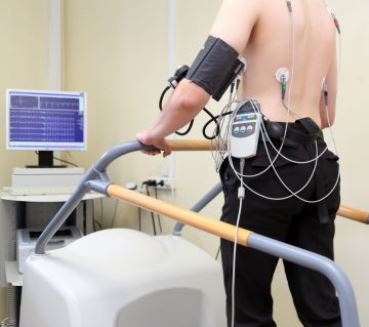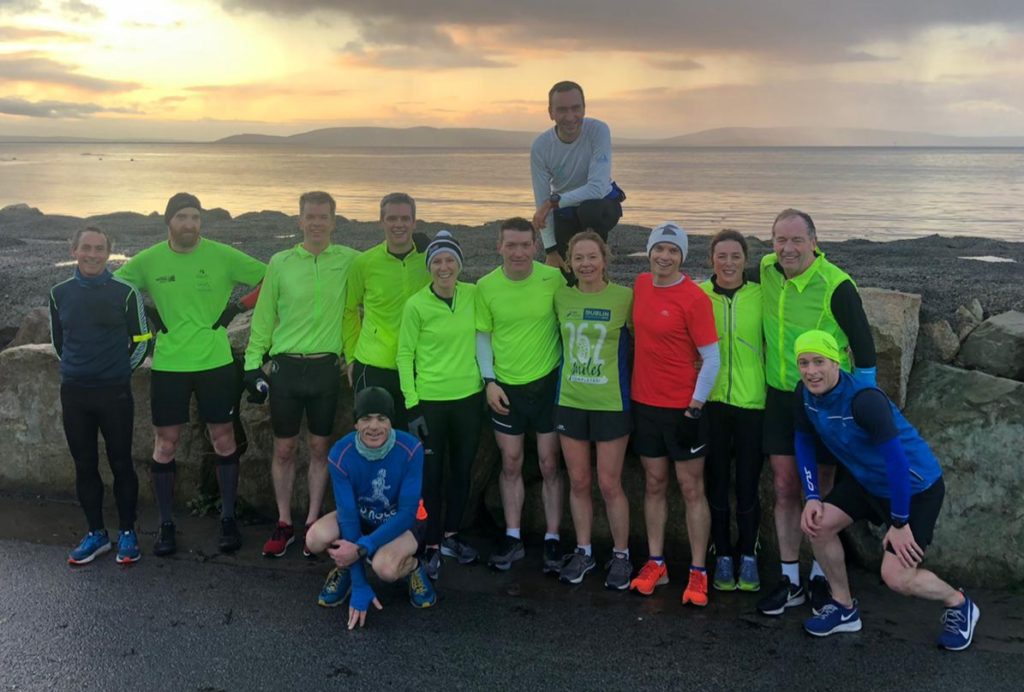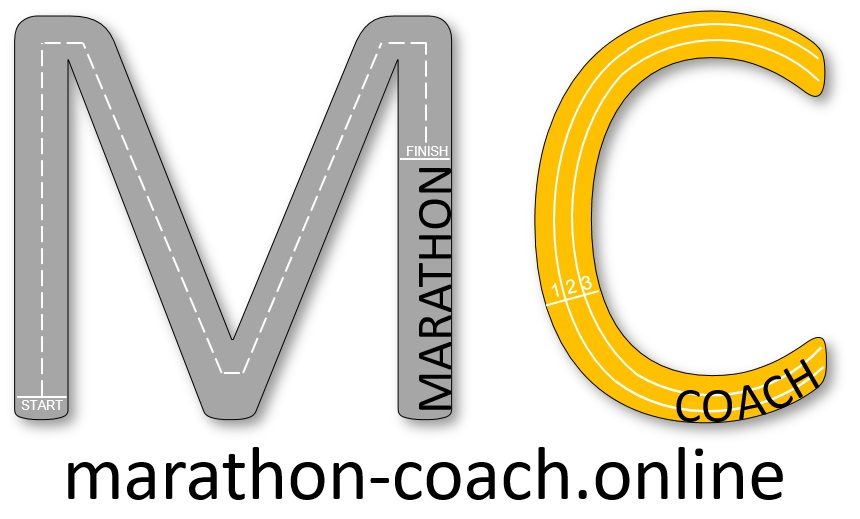Different running paces:
Runners have different pace available. Beginner tend to run very fast for the first two to five minutes, depending of their fitness, then need to slow down drastically and finish walking. When keeping running, after few months you start very slow to warm-up the body. Then you go to a steady run, then slow down to cool-down the body. It is important to understand the different running paces and the physiological benefit for each of it. The Endurance pace is the most important pace. Each week, more than eighty percent of the weekly miles must be run at this pace.
I like to call this pace Easy pace, because you must feel easy during the full session.

There are five different paces available and should be used in the different phases of the training plans:
1 – Endurance pace / Easy pace
2 – Marathon pace
3 – Threshold pace
4 – Interval pace
5 – Repetition pace
Further to these general pace, sprinters should work at faster pace, but they are very specific and linked to the different sprinting distances (100m, 200m and 400m).
Running Endurance pace:
The endurance pace is never mentioned in the different article about running and training. However, it is the most important pace and more than eighty percent of the training need to be at this Easy pace.
The benefits of the endurance pace is to build up a stronger body able to resist injuries. It allows runners to perform the activity of exercising with limited stress on the body and the mind. When the heart rate is above sixty percent of the maximal heart rate, the heart muscle is developed. Even if you feel that you are not working hard, your heart is pumping strongly and you develop it.

Running Easy is helping to build the muscles used to perform the strides. The increase in vascularization is delivering blood and oxygen to the different muscles to transform fuel in energy.
Runners can use this endurance pace for hours. Ultra-runners can keep this pace for hours and days.
The pace:
The Endurance pace is roughly running at seventy percent of your maximal heart rate. Using the general table, it depend of your age:
| Age | Maximal Heart rate (Max HR = 220 – age) | Endurance pace (~ 70% max HR) |
| 20 years | 200 bpm | 140 bpm |
| 40 years | 180 bpm | 126 bpm |
| 60 years | 160 bpm | 112 bpm |
| 80 years | 140 bpm | 98 bpm |
This general table is not fitting all of us. Depending of your fitness and the history of your training, your maximal heart rate may be different. You can go to a sport doctor to perform a Cardiac stress test on a stationary bike or a treadmill to define your own maximal heart rate.

Untrained people will have their easy pace at 65% of their maximal heart rate and top athletes can even push up to nearly 80% of their maximal heart rate.
Another way to estimate your Endurance pace is to define it with your current racing result. I suggest you race a 5km, and depending of your result, it defines your Endurance pace:
| 5 km time | Endurance pace [/kilometers] | Endurance pace [/miles] |
| 15 minutes | 3’45”/km to 4’15”/km | 6’/mile to 6’50”/mile |
| 20 minutes | 5’/km to 5’30”/km | 8’/mile to 9’/mile |
| 25 minutes | 6’15”/km to 7’/km | 10’/mile to 11’/mile |
| 30 minutes | 7’30”/km to 8’15”/km | 12’/mile to 13’15”/mile |
If you look at these tables, I think that the majority is running most of the time too fast.
The duration:
The sessions run at Endurance pace should last thirty minutes at minimum. Thirty minutes is bringing considerable benefits.
For most of the runners, the longest session should be two hours and thirty minutes. It will take beginners months before being able to run such a duration. These long runs should be built gradually and will need few days to recover. You will burn a lot of calories (carbs and fat) and as well lose a lot of water and minerals with the sudation. It is important to re-integrate well after the long runs.

Conclusion:
The running endurance pace is the most important pace. It is important that you run these miles slow, avoiding to solicit your cardio vascular system too much. All these miles should be at roughly seventy percent of your maximal heart rate. The main mistake done by many runners is to run these miles too fast. There is no benefit to run too fast and is even reducing the benefits of the training.
The main benefit is to develop your endurance, improve the cardio vascular system between difficult training sessions and build a stronger skeleton and body.
The running mechanic need to be good during these runs. Concentrate on your foot stride, shoulders slightly forward, elbow slightly back. It is easier to concentrate on your running form during these session than when you run much faster.
To enjoy these sessions, join a group a friend with similar fitness and ensure you can have a chat without feeling breathless. You can enjoy the panorama and stop to take cool pictures:

